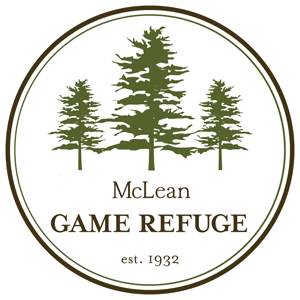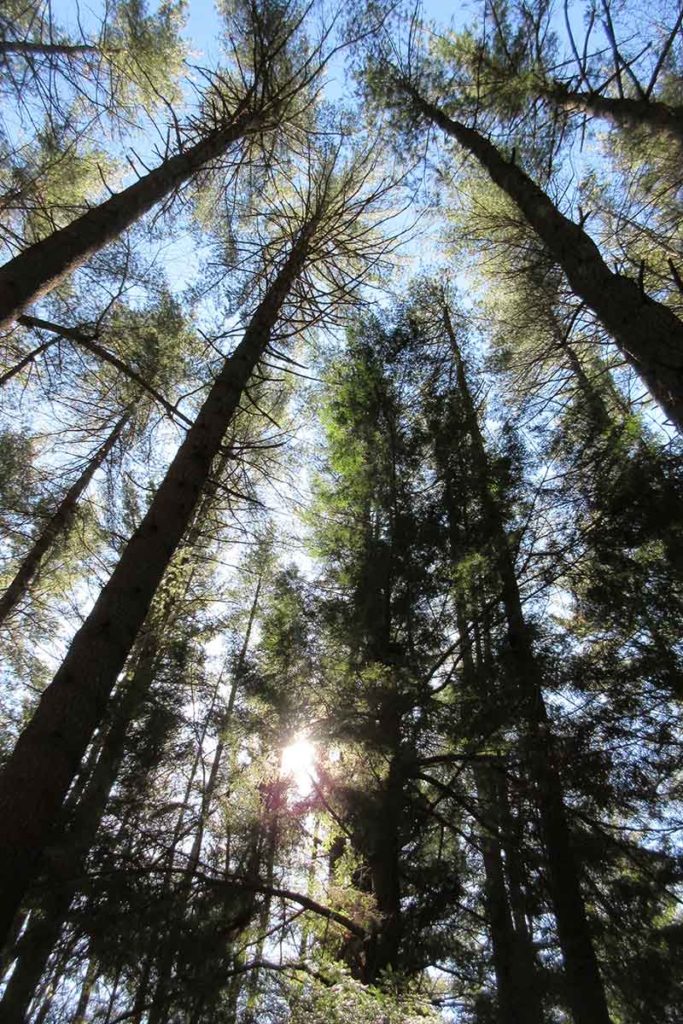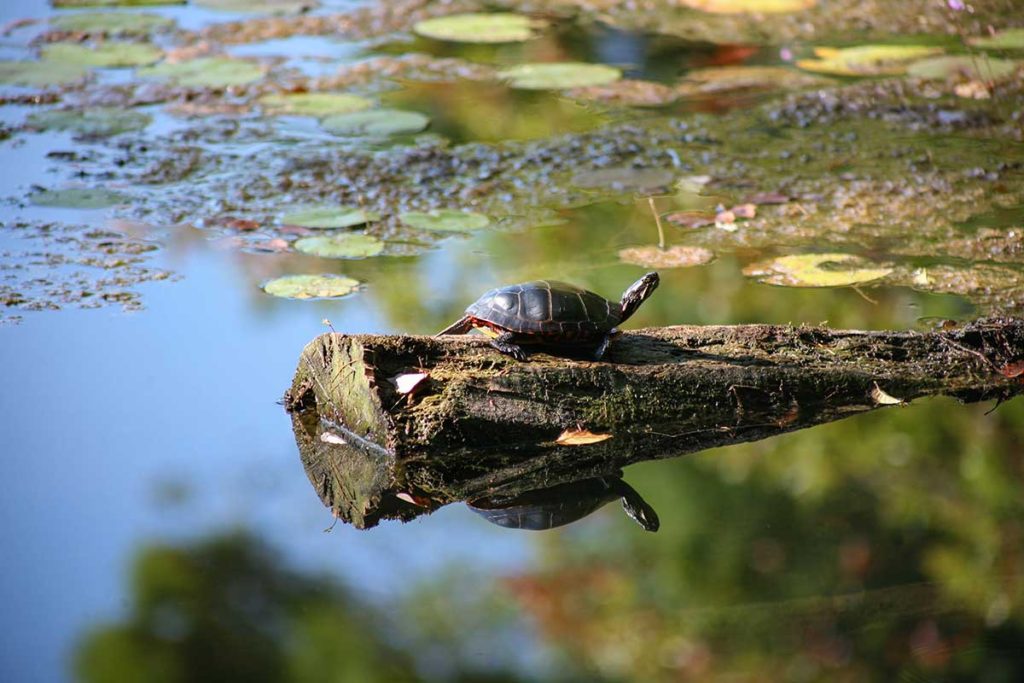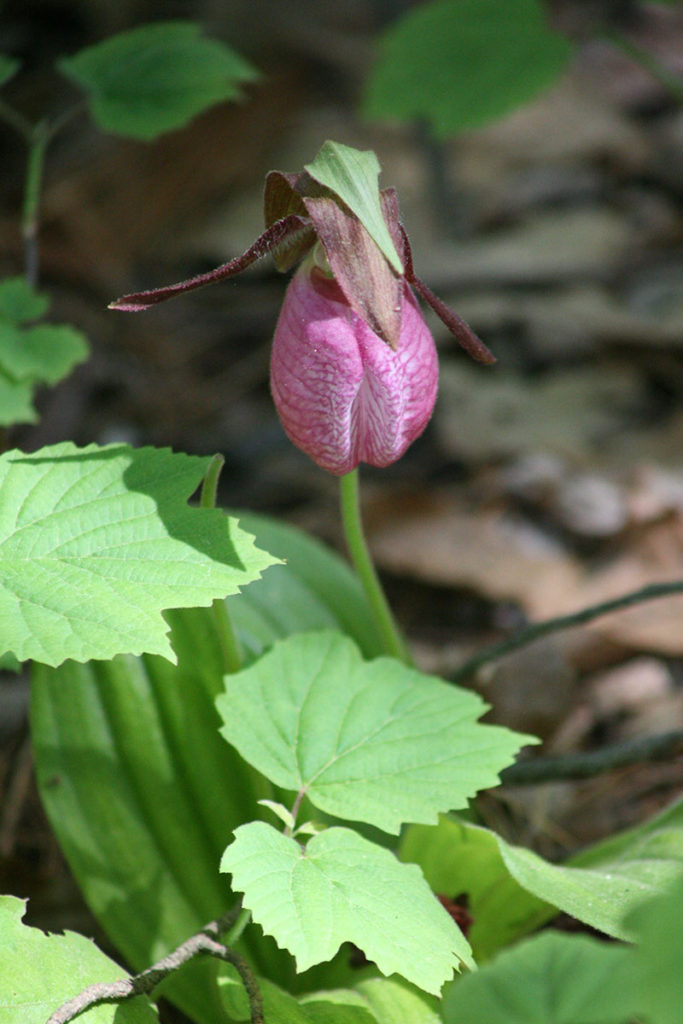
Managing Wilderness for Conservation
Senator George McLean specified in 1932 that the Trustees of the newly established McLean Game Refuge must manage the land for “the protection, preservation, and propagation of wild birds, game and fish and for the protection and preservation of the forest and other natural vegetation and the springs and watercourses thereon…” This mandate for conservation provides the foundation on which we make all management decisions for the Game Refuge.
The largest scale of conservation at which we work in the McLean Game Refuge is the landscape level. In 1932, the Game Refuge included approximately 3,400 acres of land across three major Connecticut landscapes: the central valley, the traprock ridges of the central valley, and the western highlands. Over the past eight decades, the Trustees of McLean have acquired additional land in all three of these landscapes to extend the natural edges of the Game Refuge to boundaries such as roads or other conservation areas. Because of these efforts, the Game Refuge has conserved an additional 1,000 acres. The Game Refuge has also supported the work of other conservation organizations working in these landscapes to protect additional land from development and degradation.
A painted turtle warms itself in the sun along the banks of Spring Pond.
The landscapes of the Game Refuge are composed of a diverse array of interconnected ecosystems, from forested floodplains to dry ridgetop woodlands. When managing at the ecosystem level, we focus on facilitating natural processes, reducing human impact, and repairing degraded areas. For example, in several locations where town road culverts have channelized runoff and eroded hillsides, we have developed management strategies that slow water flow and facilitate water infiltration. We also manage invasive plant species across the Game Refuge to protect the native populations.
The finest scale at which we manage here at the Game Refuge is the habitat level. Each ecosystems is formed of a mosaic of habitats for each of our hundreds of plants and animal species. Cedar glades, vernal pools, beaver-made marshes, and ancient hemlock groves are all examples of animal and plant habitats we protect at the Game Refuge. Sometimes, however, certain habitats become scarce within our landscapes due to natural circumstance such as forest growth or beaver migration. In some instances, we may alter the forest structure to maintain certain habitats to ensure animals and plants can survive.
The vast majority of land at the McLean Game Refuge is left as a wilderness where our native plants and animals can exist with little or no human intervention. In 1973, the National Park Service recognized 1,700 acres of the Game Refuge wilderness as having outstanding biological and geological resources and formally designated them a National Natural Landmark Area (one of only eight in Connecticut).
Additionally, in March 2019, the United States government formally added the Salmon Brook, whose West Branch flows for over a mile through the Game Refuge, to the national Wild and Scenic River System.
View Photos







